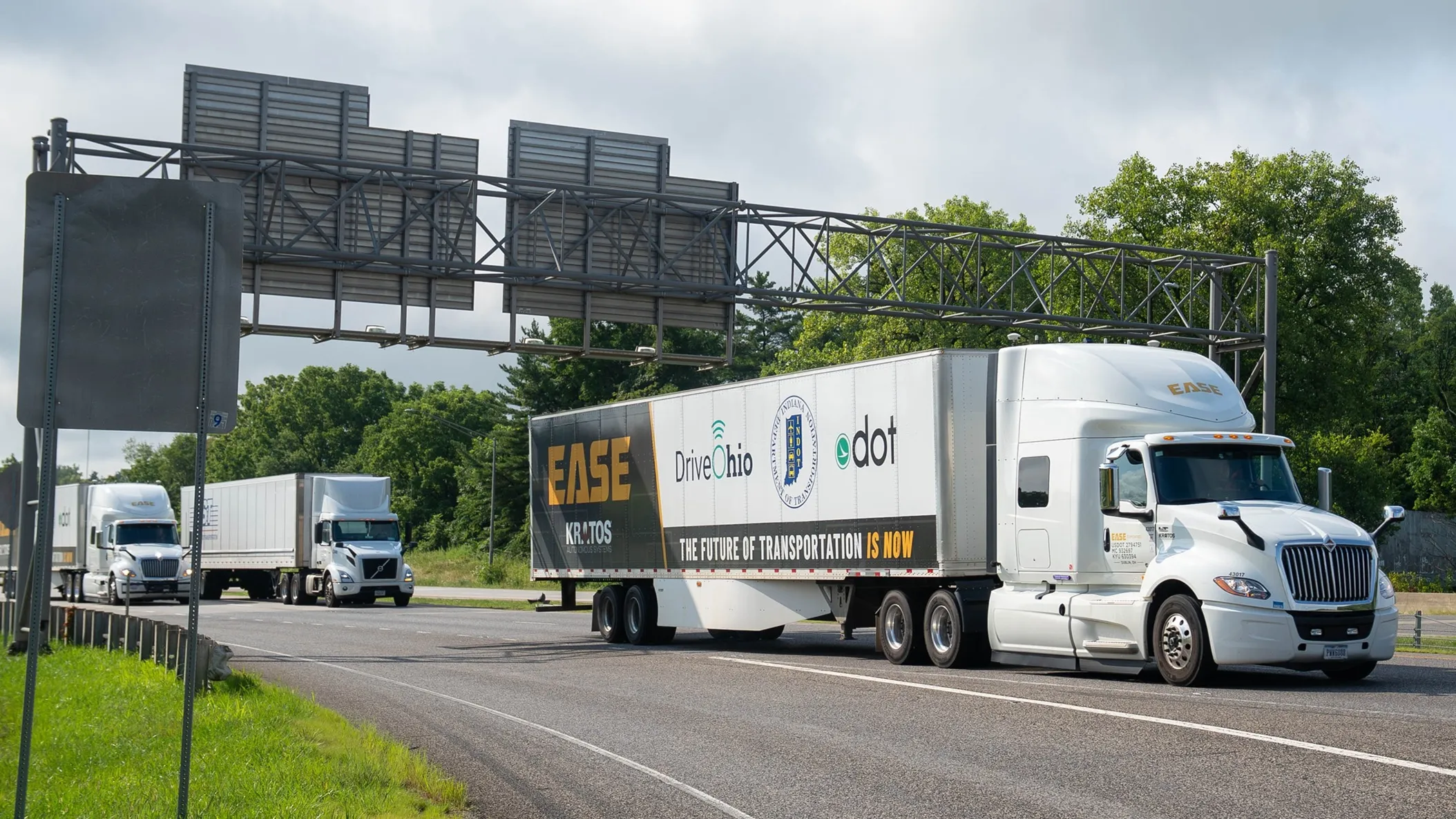
Among
The dynamic eHorizon enables Continental to incorporate dynamic events like weather, traffic or construction sites on the route into the digital map and make this information available for vehicle electronics. The information is gathered from a multitude of sources based on the principle of crowdsourcing.
Continental claims that one of the uses for eHorizon is highly automated driving, where the technology can be used to allow the vehicle to ‘look around the corner’.










